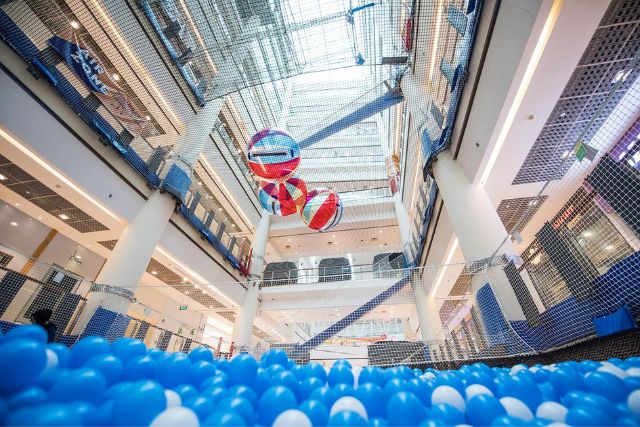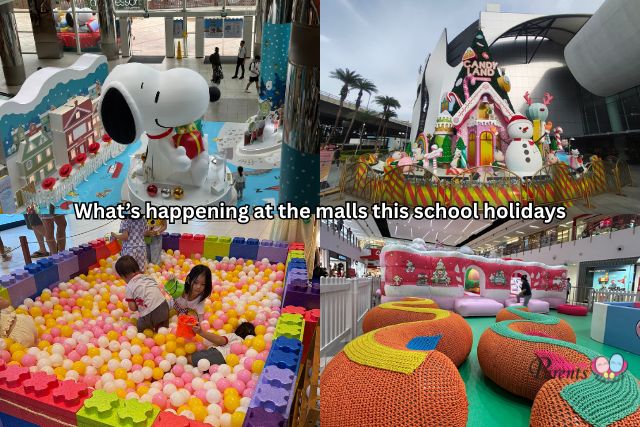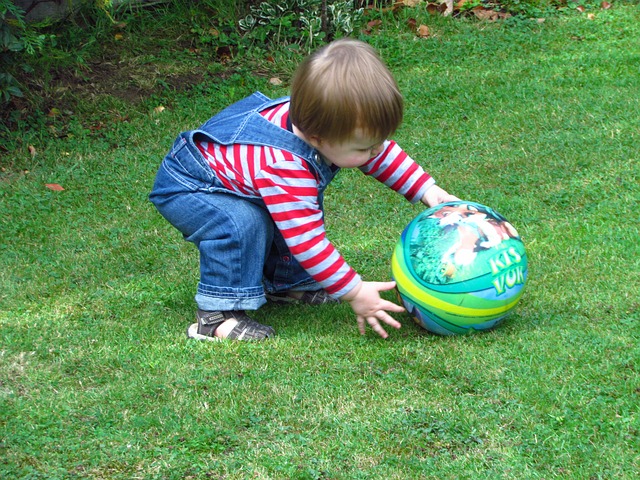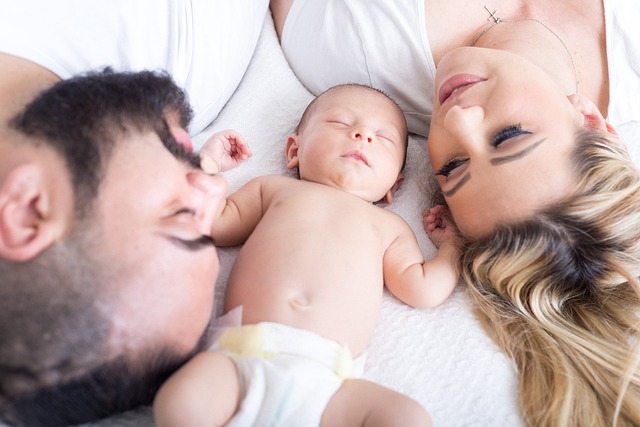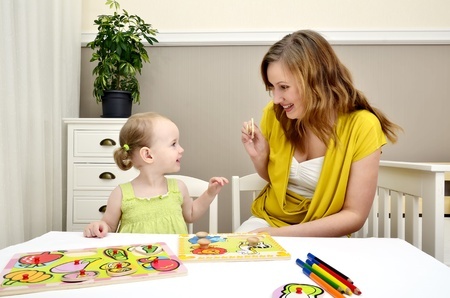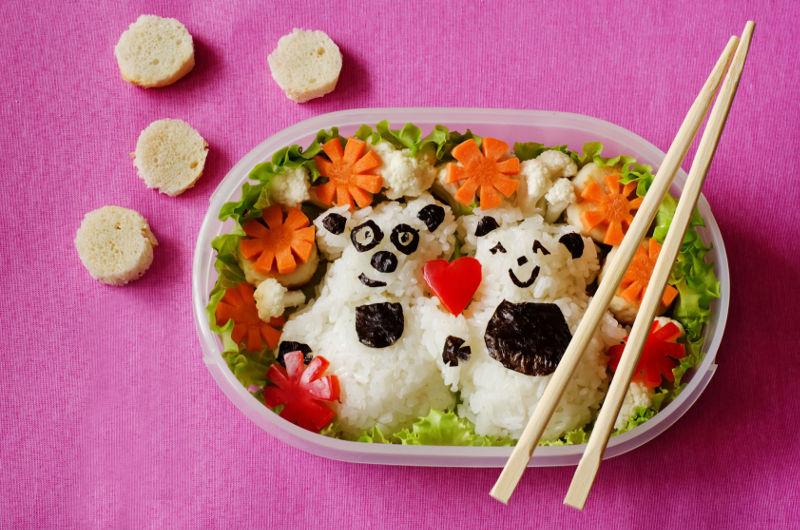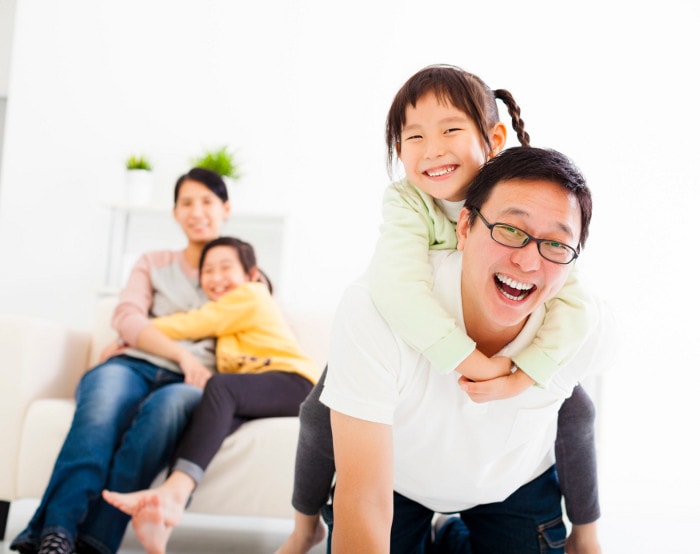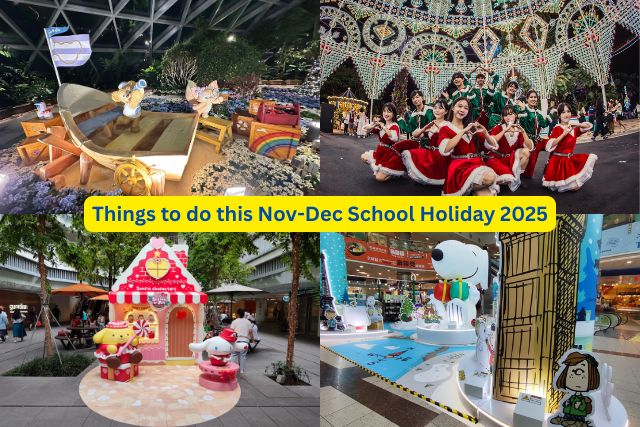Howard Gardner, an American developmental psychologist suggests that each individual has a distinct learning style. He categorised them into three main areas – visual, auditory and kinesthetic.
Using flashcards not only helps to develop and improve the connection of synapses in your child’s developing brain, it also appeals to various learning styles. Selene Diong, Principal Instructor of Sparkanauts shows us three ways how we can use flashcards to appeal to these three leaning styles.
⇒ Related Read: When Is A Good Age To Start Using Flash Cards?
Visual learners
Visual learners are obvious beneficiaries of the flashcard system. They enjoy looking and observing things; they have a preference for maps, pictures and diagrams. They enjoy reading and sitting through flashcard sessions.
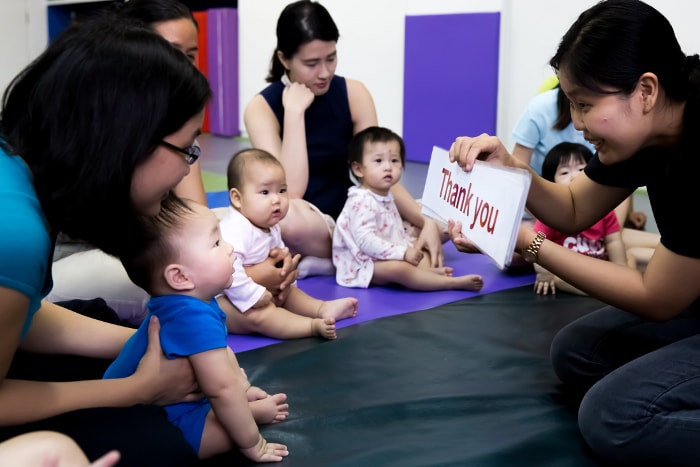
Auditory learners
Auditory learners need to hear something out loud in order to absorb content. Children with an auditory preference will be receptive to the knowledge presented to them when it is read out loud.
It is common to have auditory learners in our class who are not looking at the flashcards while they are being presented. But, to the amazement of many parents, their child seems to have understood everything from the class even though they may not look like they are paying attention.
Kinesthetic Learners
Kinesthetic learners need to move and touch things in order to learn. It is commonly misunderstood that kinaesthetic learners do not respond to flashcards and it is almost impossible for them to sit through a reading session.
Many young children fall under this learning group as their brains are not fully developed. Reading can be made interesting when combined with movements and games. So don’t be disheartened or drop your flashcards yet. Here are activities to do at home that will appeal to your kinesthetic learner.
(a) Matching word cards to picture cards
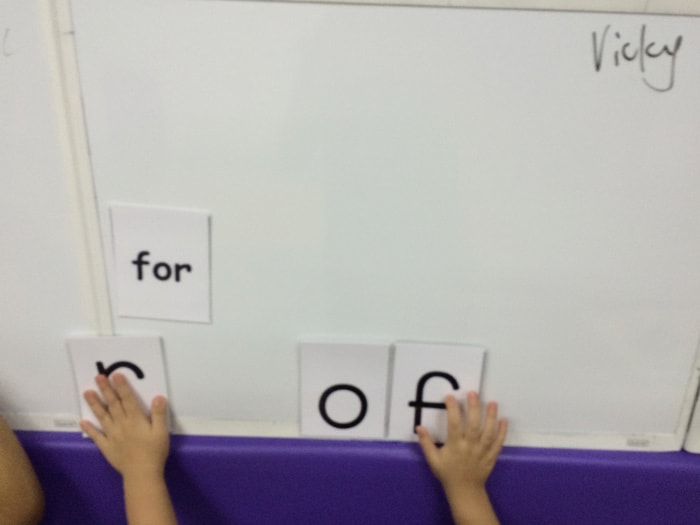
Flash the picture and word cards to your child quickly. Lay out the picture cards and hand out a word card for your child to match them to the correct picture. It will be even better if you can provide a real item for the children to match the picture with. When learning how to spell or when learning how to identify letters, children can learn to re-arrange letter cards as they look at the word on the flashcards.
(b) Sing, move and cast a spell
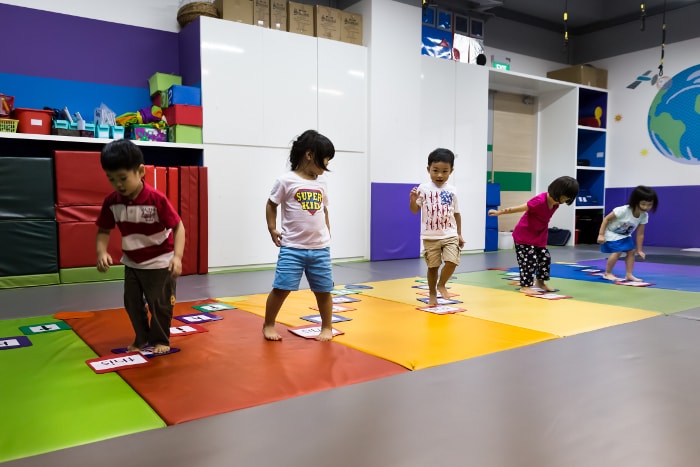
When teaching how to read and spell, make a song out of the word. Print the lyrics of the song, flash it and encourage your child to sing with you. Create alphabet cards for children to jump on as they learn how to spell. Many of our students overcame their fear of reading words because the flashcards were used in such a manner in our classrooms.
(c) Let’s go fishing
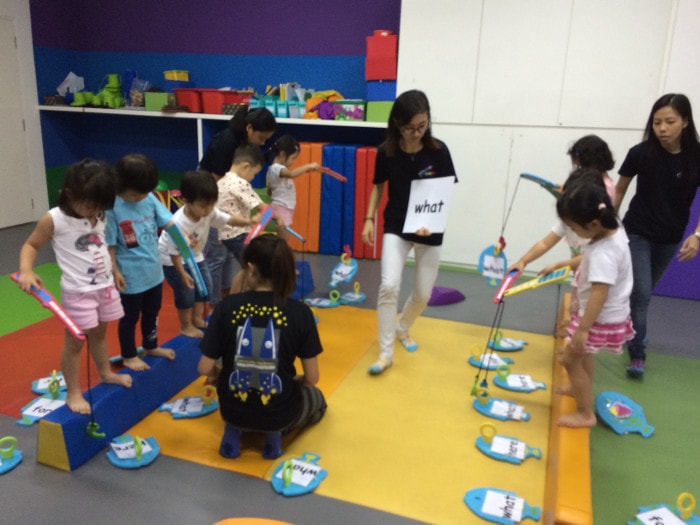
Add some magnets to the back of your flashcards. Make a simple magnetic fishing rod. Encourage your child to read the cards with you. Ask them to ‘fish’ for the words you called out. This game is always a hit in our class!
(d) Hop on
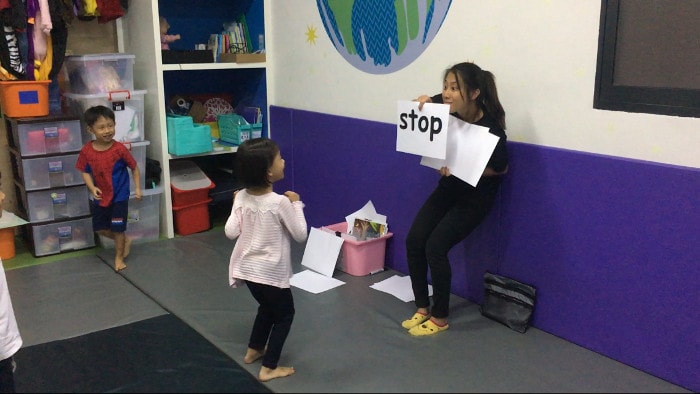
Reading flashcards can be made a meaningful experience when children begin to realise that the printed words on the flashcards have meanings. In the picture, children are learning their verbs “come”, “go” and “stop” as they read and move accordingly.
Flashcards can be dull and ineffective when used in an unappealing way. But when used properly, flashcards can appeal to children with different learning styles.
Selene Diong, Principal Instructor of Sparkanauts.
This article was first published in New Age Pregnancy.
* * * * *
If you find this article useful, do click Like and Share at the bottom of the post, thank you.
Like what you see here? Get parenting tips and stories straight to your inbox! Join our mailing list here.



















